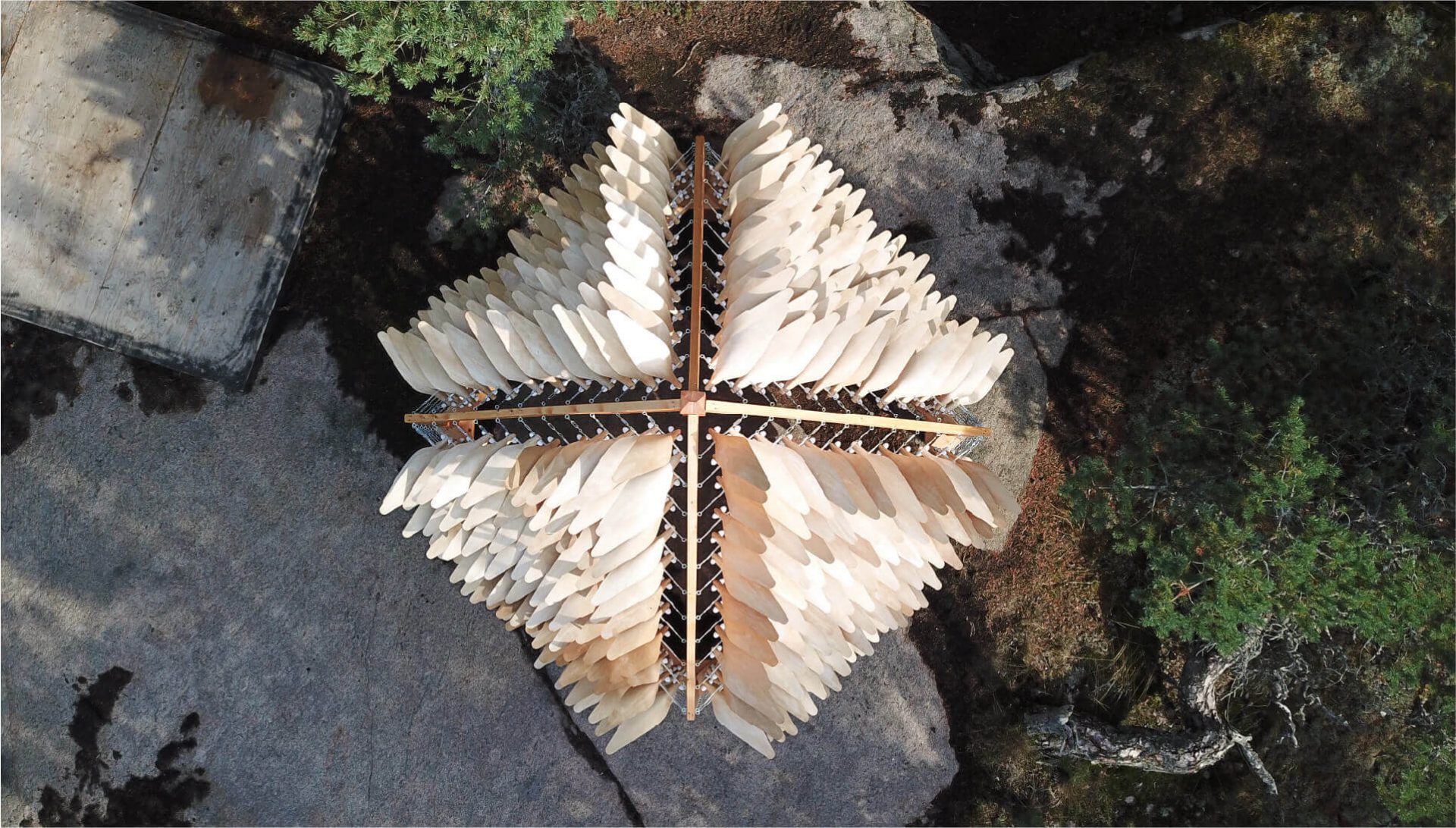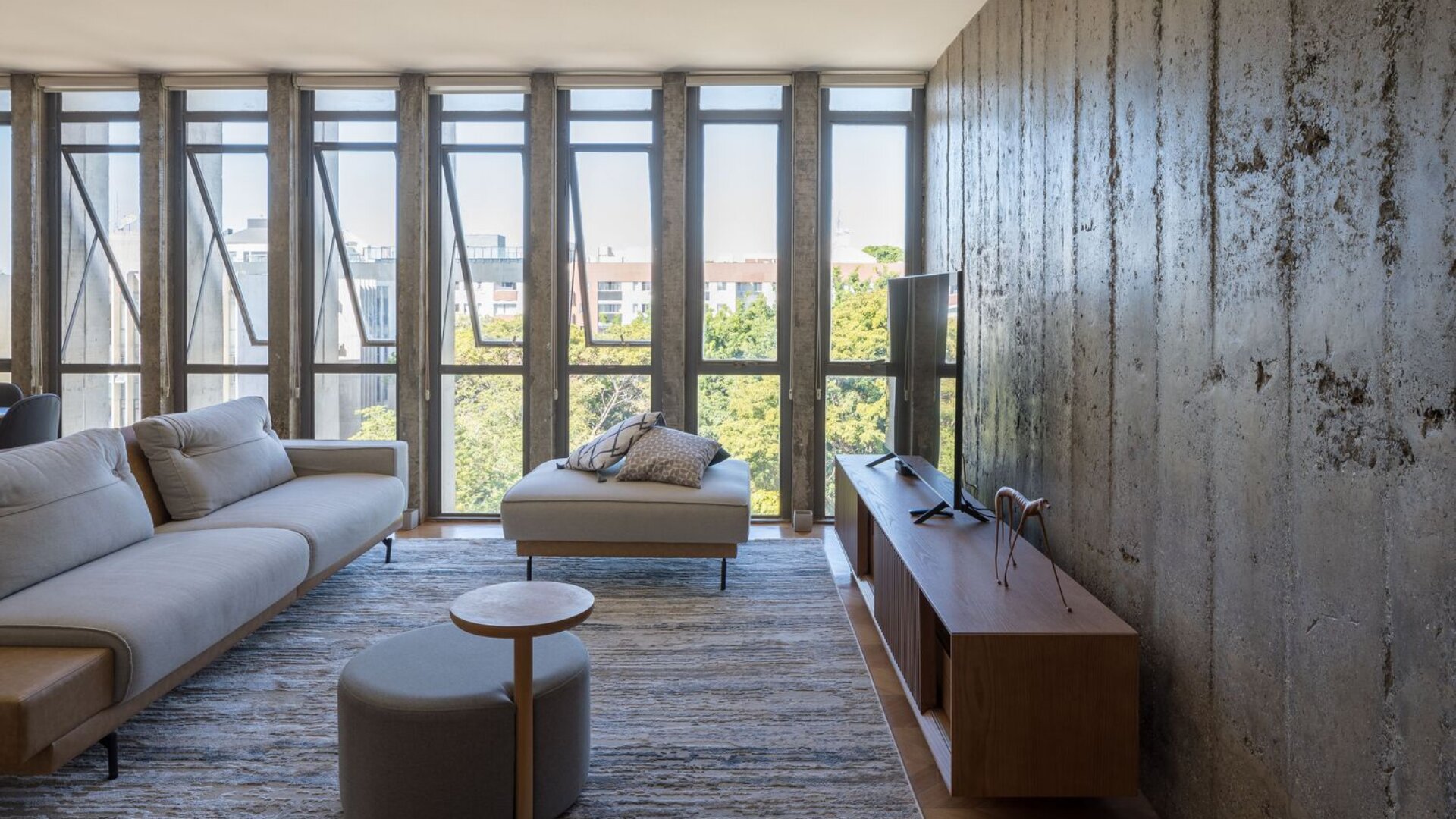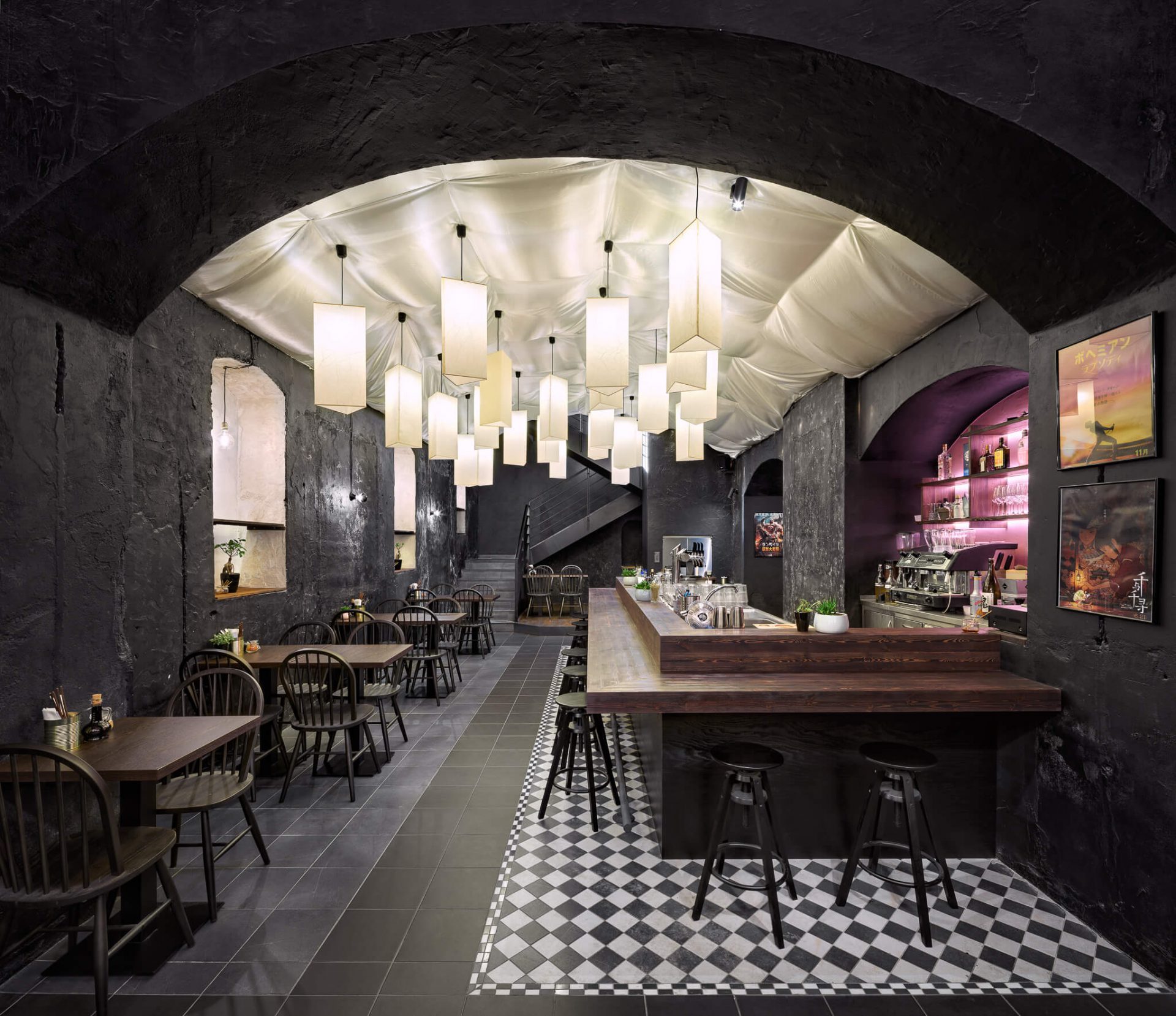Twin houses: 5 shapes, 2 different homes, for two brothers
A pair of structures sharing similar geometric qualities linked by a functional agricultural field

William O’Brien Jr. was approached by a pair of brothers to design vacation homes for each of their families on one plot of land in upstate NY, USA. The result was the Twin Houses project.
The brothers wanted their homes to be the same, but different, and wanted the concept to revolve around the mathematical idea that two polygons of equal areas can be divided into sets of similar shapes. The idea was to use minimal division to create the least number of parts per polygon.
Adding to the mathematical plan of the site is the landscaping between the twin homes of four different crops with four different harvesting seasons; leaf vegetable, berries, wheat and corn.

Twin Houses: how they are made
Each of the Twin houses is composed of the same five shapes – four trapezoids and one triangle, each group of shapes is combined differently but each is used for similar functions.
While the shapes and functions of the interior volume are similar, the exteriors present completely different profiles. One is a four sided polygon in the shape of a square and the other is a six sided polygon in the shape of a hexagon. Another words, the twin homes are fraternal and not identical.
The singular triangle shape within each home is designed to be a screened in porch on the hexagonal twin and a sunroom in the centre of the square twin.

The facades of the home are presented as simply as possible to retain their abstract mathematical stories. Presented as 3 dimensional geometric packages, a rubber roofing system limits the detail as does the dark stucco used on the sides and underbelly of each twin.
The two homes designed by WOJR are located on a flat portion of the site but just past the hexagonal twin, the land rises, while just past the square twin, the land drops away.
Far enough away from each other to accommodate the food garden located between them.

The garden is watered by a catchment system that starts with the rain landing on the roofs which is then directed to and through two pairs of water channels embedded in two walls of each twin to a subterranean piping system between the two homes.
With the rainwater catchment system and the communal garden, the twins remain connected and yet divided.
Even though there is visual distance between the homes, the windows facing each other are not from any of the private zones. Both homes are designed with a long ramp that starts just past the back door and follows the line of the kitchen in the social zone.

The social zone in each home is four steps higher then the back door and the front foyer and the ramp connects the two different levels. In the square twin the ramp landing is short before arriving at a small flight of stairs that takes you down to the front foyer. In the square twin another short flight of stairs just off of the back door leads up to a room overlooking the garden.
















